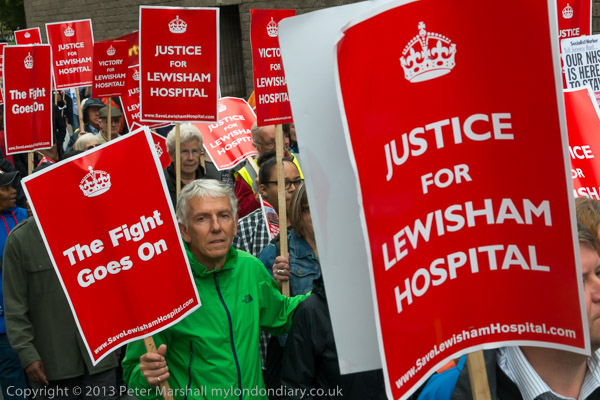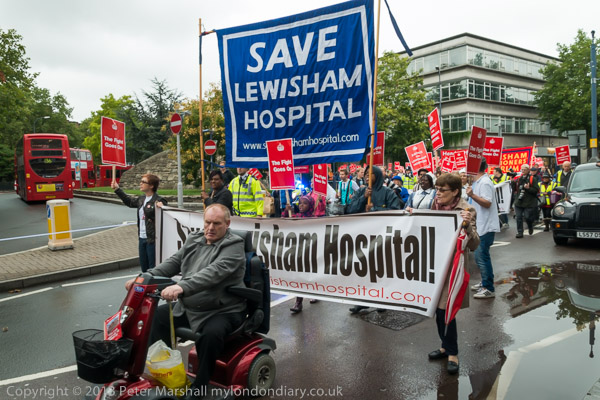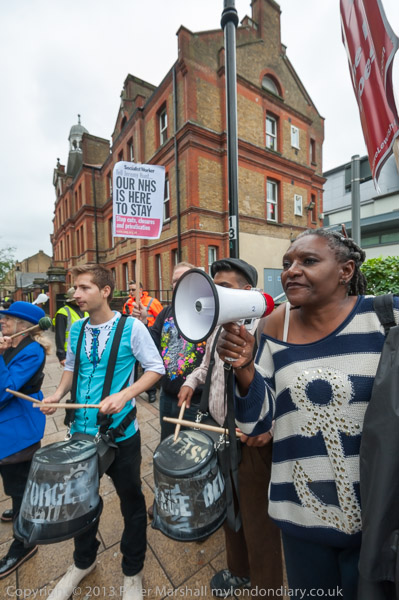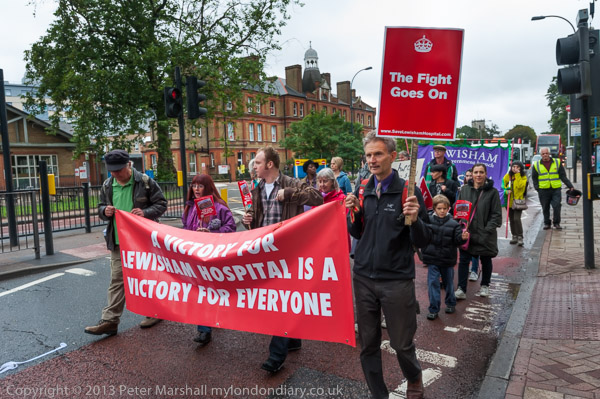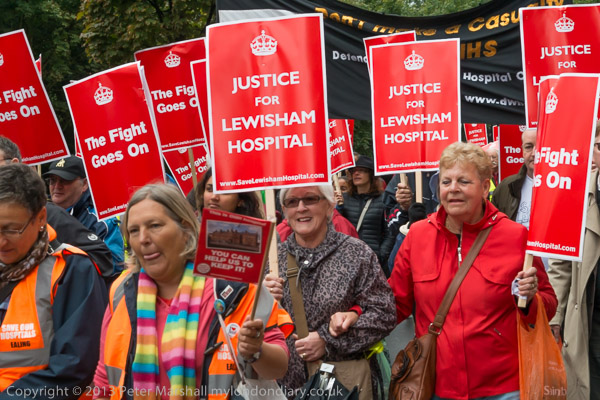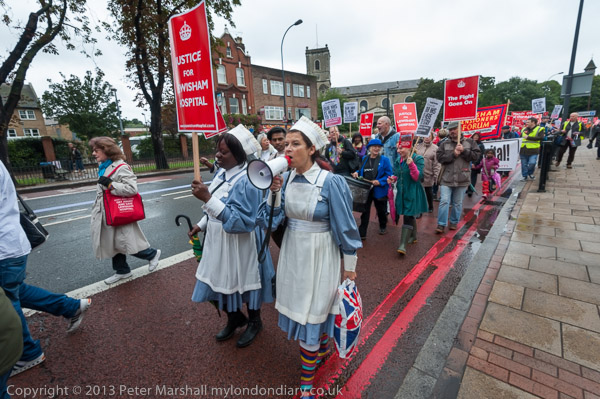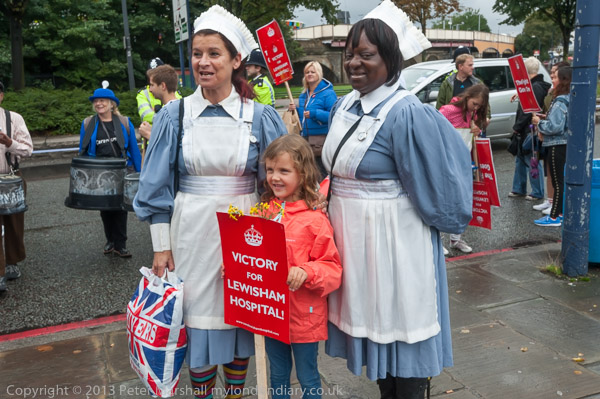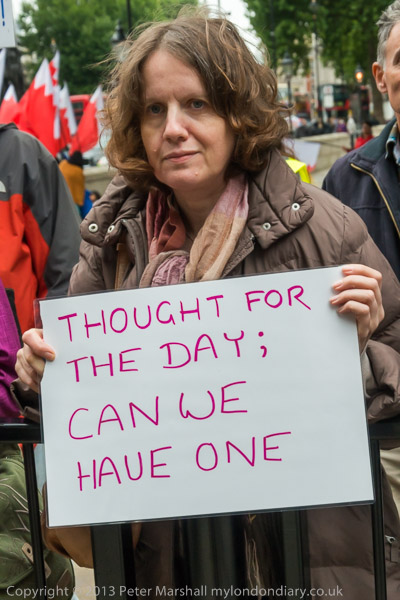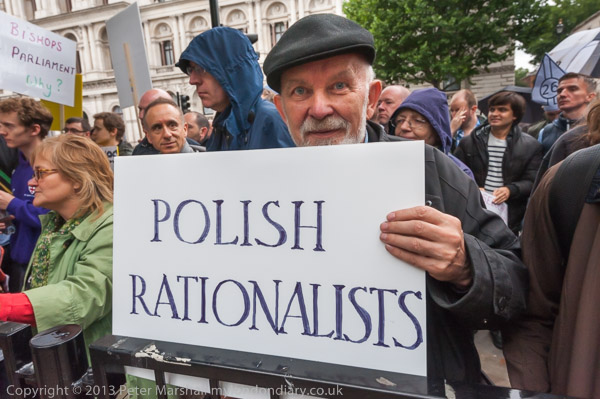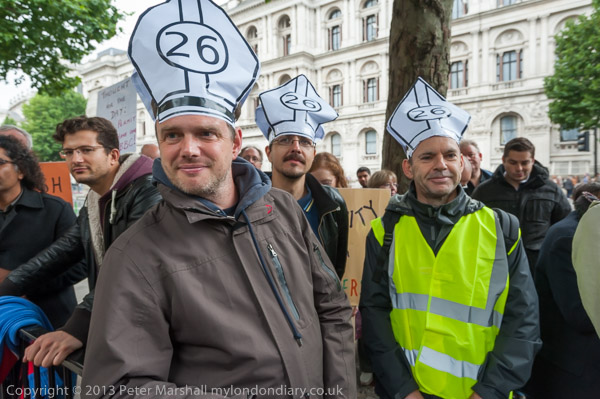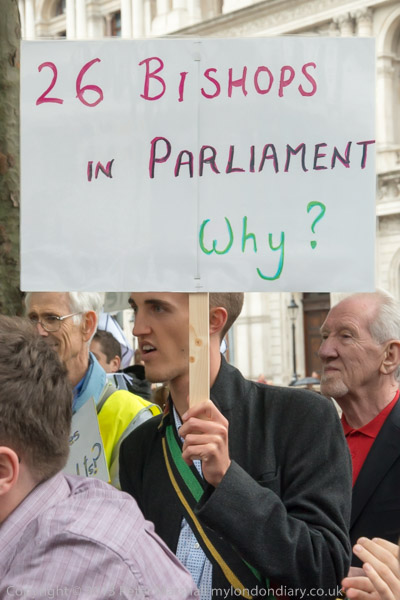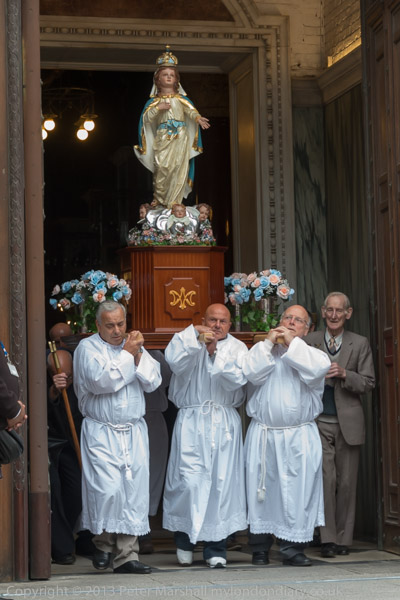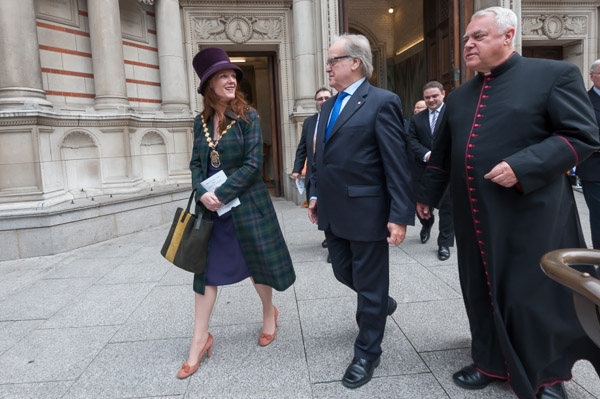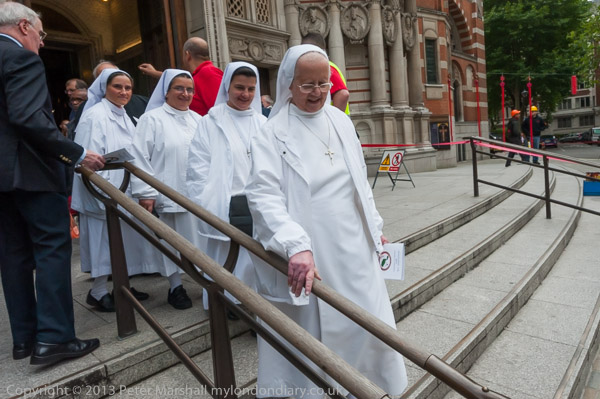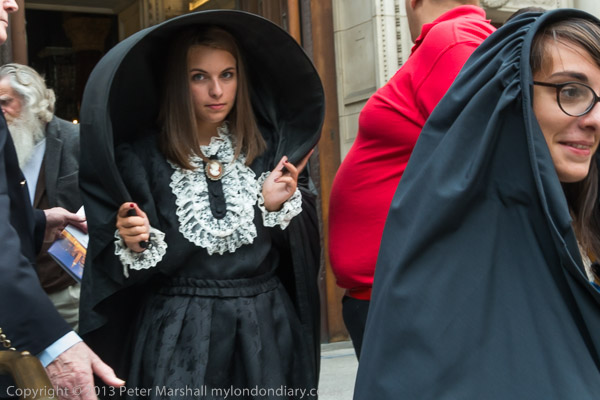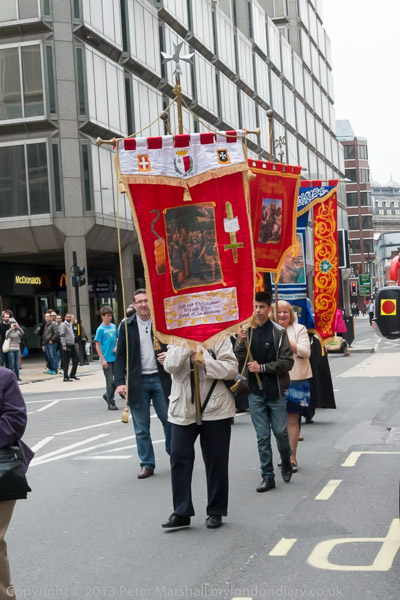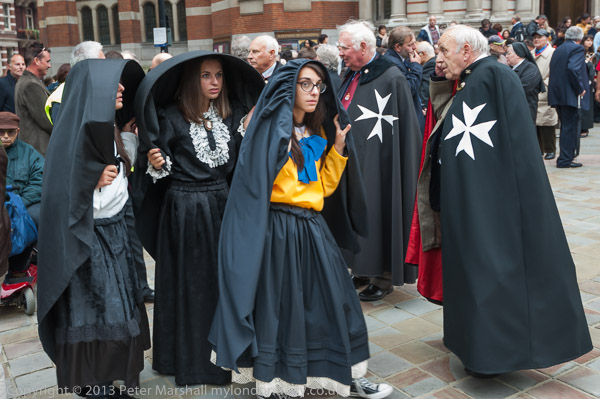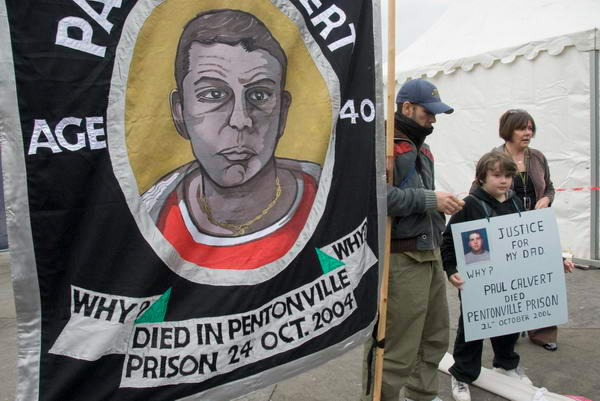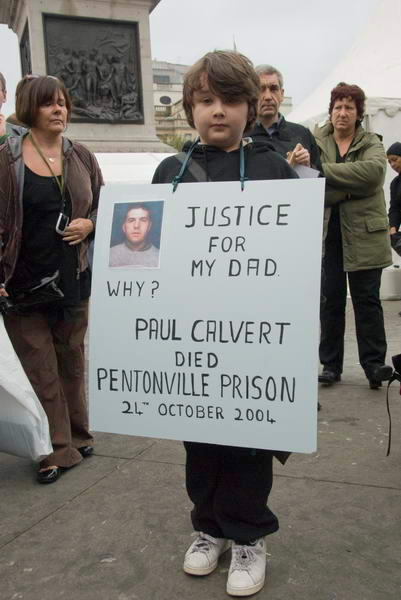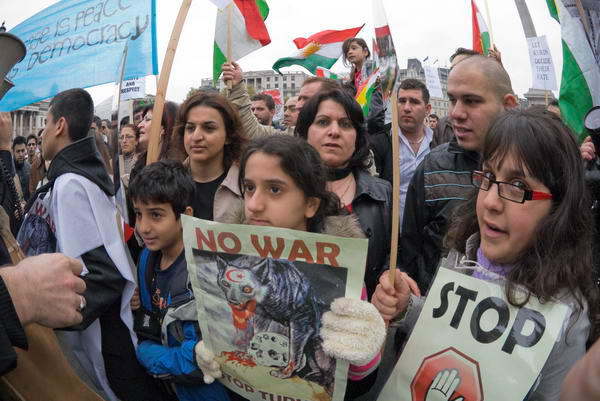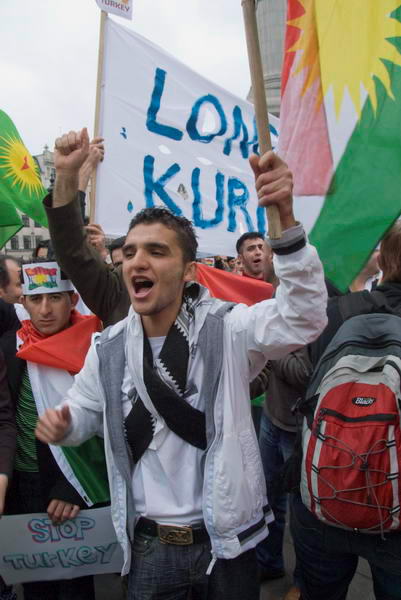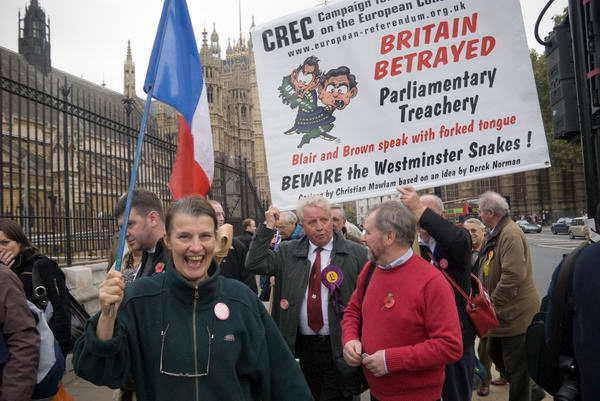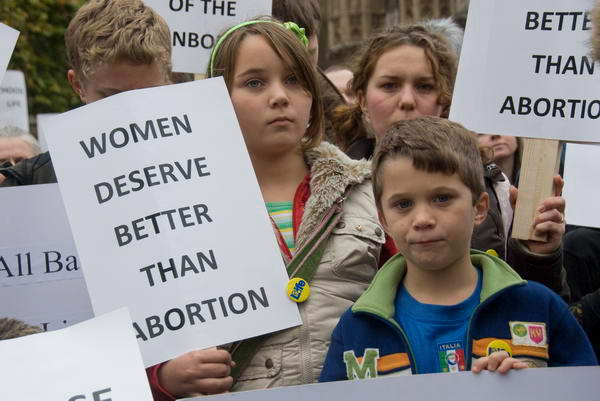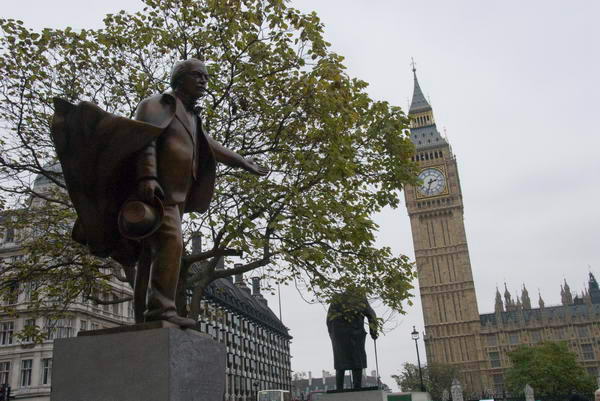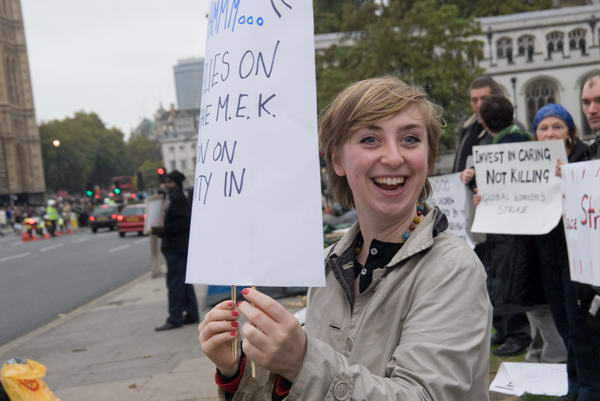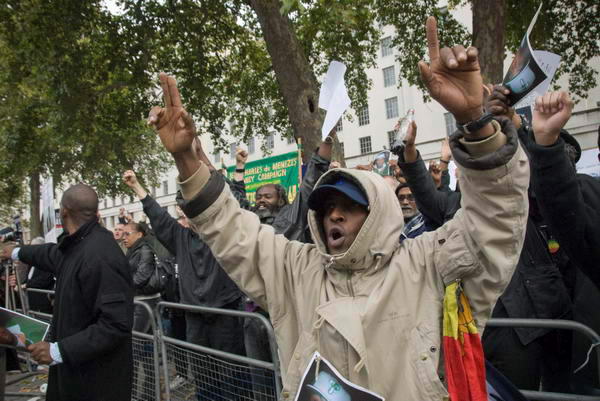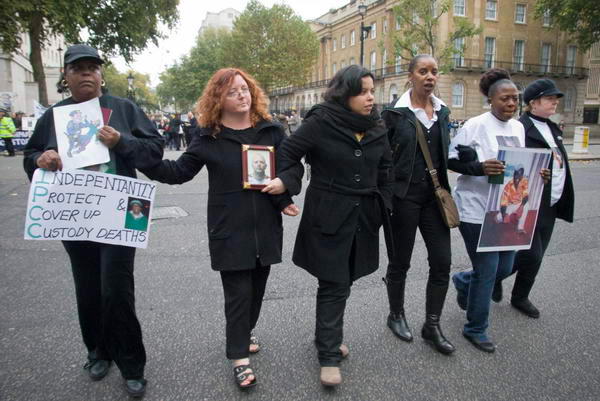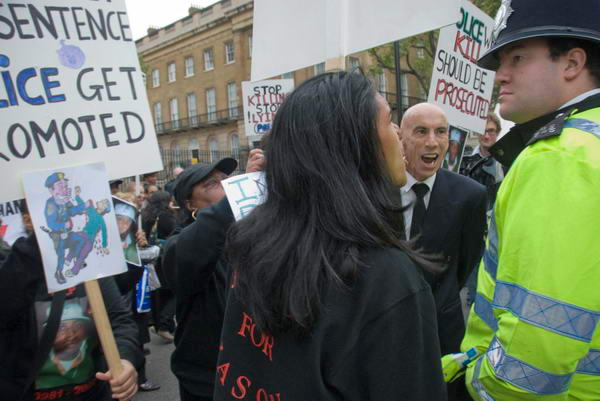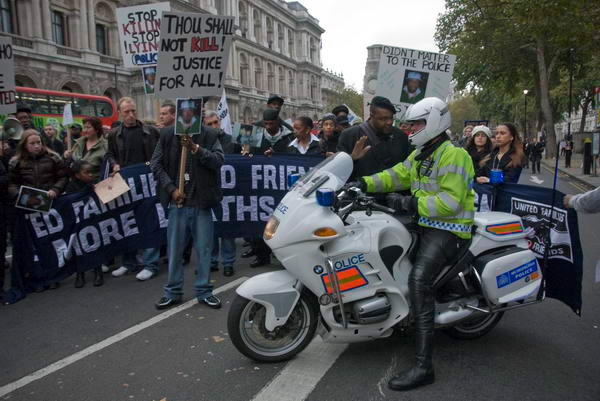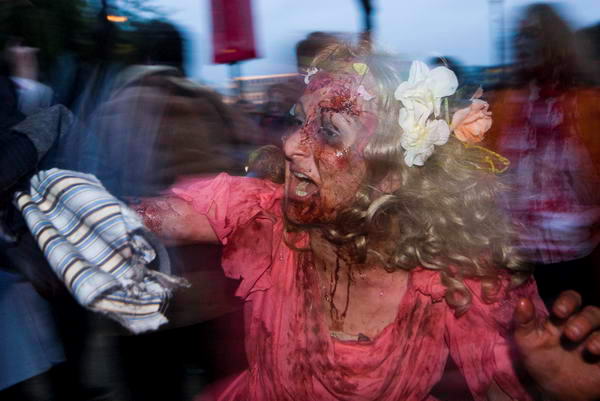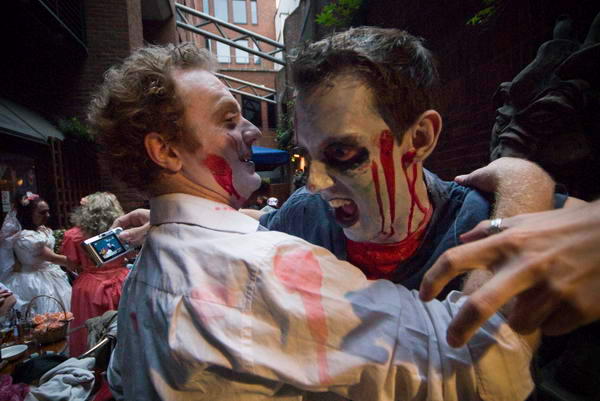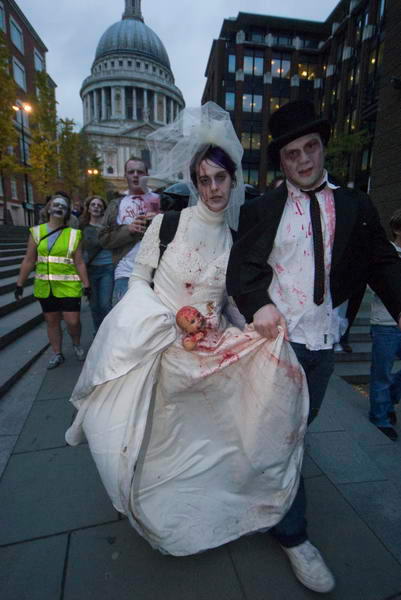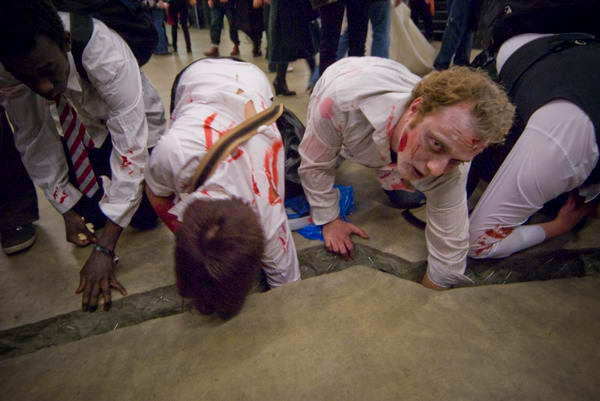More Holderness Road Hull 1989: Holderness Road is one of Hull’s major road, leading as it’s name suggests to Holderness, a rich agricultural area, largely of drained marshland to the north-east of Hull, between the River Hull and the North Sea. The road doesn’t begin in the centre of Hull but is reached either over Drypool Bridge along Clarence Street or over North Bridge along Witham, and starts where these two roads meet in East Hull.
Certainly the display of posters with a large pig peering at me over it was impressive, and Don Dixon Family Butcher claimed to be ‘A CUT ABOVE THE BEST’ and the shop is still serving customers at 236 Holderness Road in a parade of shops between Victor St and Balfour Street. It now has a web site with a wide range of meats on sale and gets some very positive customer reviews.
Probably few in Hull and even fewer outside the city now know who James Stuart (1836-1922) was but he was very well known and respected there during his lifetime and played an important role in the improvements in education and welfare of the people, both as a politician and a philanthropist.
Born in Preston in Lancashire, his family moved to Hull when his father became a preacher at the George Street Baptist Chapel. James became a seed merchant and founded a seed crushing firm, Stuart & Grigson, which later became a part of British Oil and Cake Mills Ltd and he became a director of BOCM.
He retired from politics in 1893 following his attempt to negotiate between striking dockers and employers which failed to stop violence from both sides. But he continued to take an active interest in the welfare of the people of Hull and was made an Honoray Freeman of Kingston upon Hull in 1894.
The now Grade II listed statue by William Aumonier was erected by Thomas R Ferens in 1924; the inscription on the plinth with a quotation from Stuart is difficult to read in my picture but given in full on the Hull & District Local History Research Group web site:
JAMES STUART JP
BORN 1836
DIED 1922
A CITIZEN OF HULL WHO BY HIS INTEREST AND DEVOTION TO THE WELFARE OF THE CITY WON THE REGARD AND ESTEEM OF ALL THOSE WHO KNEW HIM
I ALSO REMEMBER THAT I HAD A FATHER TO CONVINCE ME THAT AS I BEGAN A MATURE LIFE I WAS A CITIZEN OF A NATION GOVERNED BY DEMOCRATIC PRINCIPLES AND THAT IT WAS MY DUTY AS IT IS THE DUTY OF EVERY MANACCORDING TO HIS ABILITY AND OPPORTUNITY TO DO SOMETHING IN THE TOWN IN THE NEIGHBOURHOOD AND THE NATION TO PROMOTE THE WELL BEING OF ITS INHABITANTS JAMES STUART 1906
ERECTED BY THE RT HON THOS R FERENS AS A TRIBUTE TO HIS MEMORY
There is still a driveway here between two shops, now with a larger notice for East Hull Presbyterian Church and without ‘PICTURE FRAMES AND POTTERY DOWN THIS YARD’ and its notice now covers the full width of the opening between Beds and Bookmakers.
The Church web site states it began in the 1970s when a group found “they could no longer sit under the liberal teachings of the church they had been attending for many years.” The church is part of the Evangelical Presbyterian Church of England and Wales and you can read a number of its sermons including those on Satan and Hell, on the web.
Going into the yard I found both the church building and at left another notice for the FRAMES with a picture of a large pot.
Opposite the church entrance on the corer of Jalland St is a parade of seven shops which are three storeys rather than the two of most along this part of the road. The two at left of my picture, Flair Ladies Fashons and Shades do not fit in and I saw they must be later rebuildings, perhaps after war damage to what is otherwise a late Victorian row.
The 2004 Holderness Road East Conservation Area Asssement states that Jalland St was laid out mid-1880s, named after Boswell Middleton Jalland, who died in 1880 and had been Mayor of Hull in 1836 and 1846. It also confirms that this and another group featuring alternating Dutch and pedimented gables dates from the 1890s and that “357 & 359, similarly gabled, were unfortunately destroyed by enemy air raids during WWII and rebuilt, unsympathetically, post-war.” And they two properties could not even agree on a common look.
I particularly like the picture of the Humber Bridge, opened in 1981, in the first floor window of Floggits with the message ‘We DELIVER ANYWHERE IN THE HUMBERSIDE area“. These windows have now been replaced without their posters and with rather unsympathetic modern windows.
The rather nice wide arched entrance at right has an attractive face over it, with a similar but rather annoyed looking head over the narrower door at left at Curtis House, 410 Holderness Road. This was a detached villa when it was built in the 1880s but in 1892 was extended ina vaguely Tudor style with further houses, Claremont, Elmhurst and Eastholme at 404-8, along with a two-storey mock-Tudor coach house.
The Irene Curtis School Of Dancing was created and run by Irene Curtis in 1950 and closed after she died in 1997. The school taught over 40,000 students many of whom gained medals in dance competitions. Humberside Majorettes or twirlers were apparently active from 1978-90 and were later continued by Alan Curtis after his mothers death as part of Arena Entertainments UK.
More on Holderness Road and East Hull in 1989 to follow.
Flickr – Facebook – My London Diary – Hull Photos – Lea Valley – Paris
London’s Industrial Heritage – London Photos
All photographs on this page are copyright © Peter Marshall.
Contact me to buy prints or licence to reproduce.






